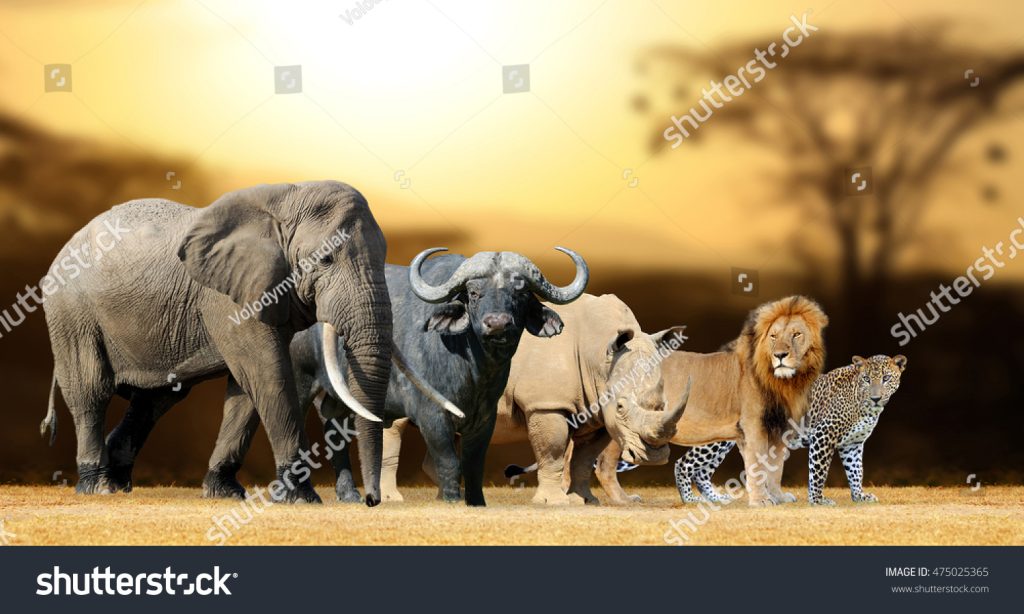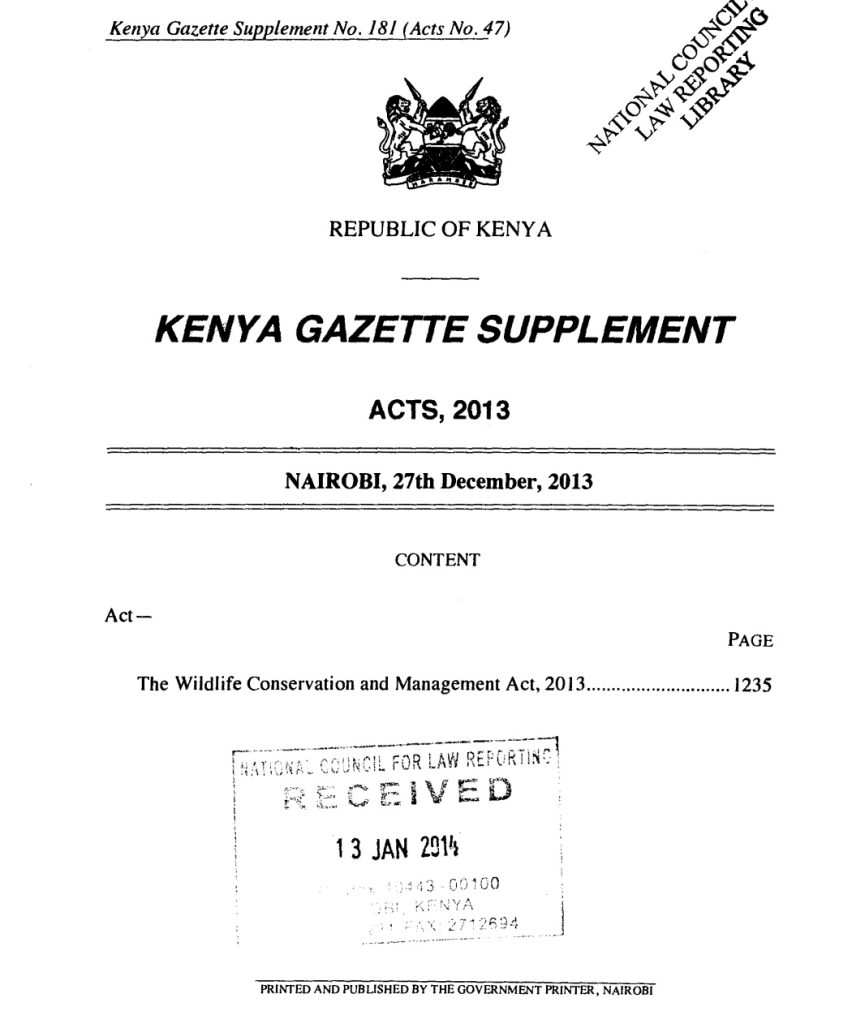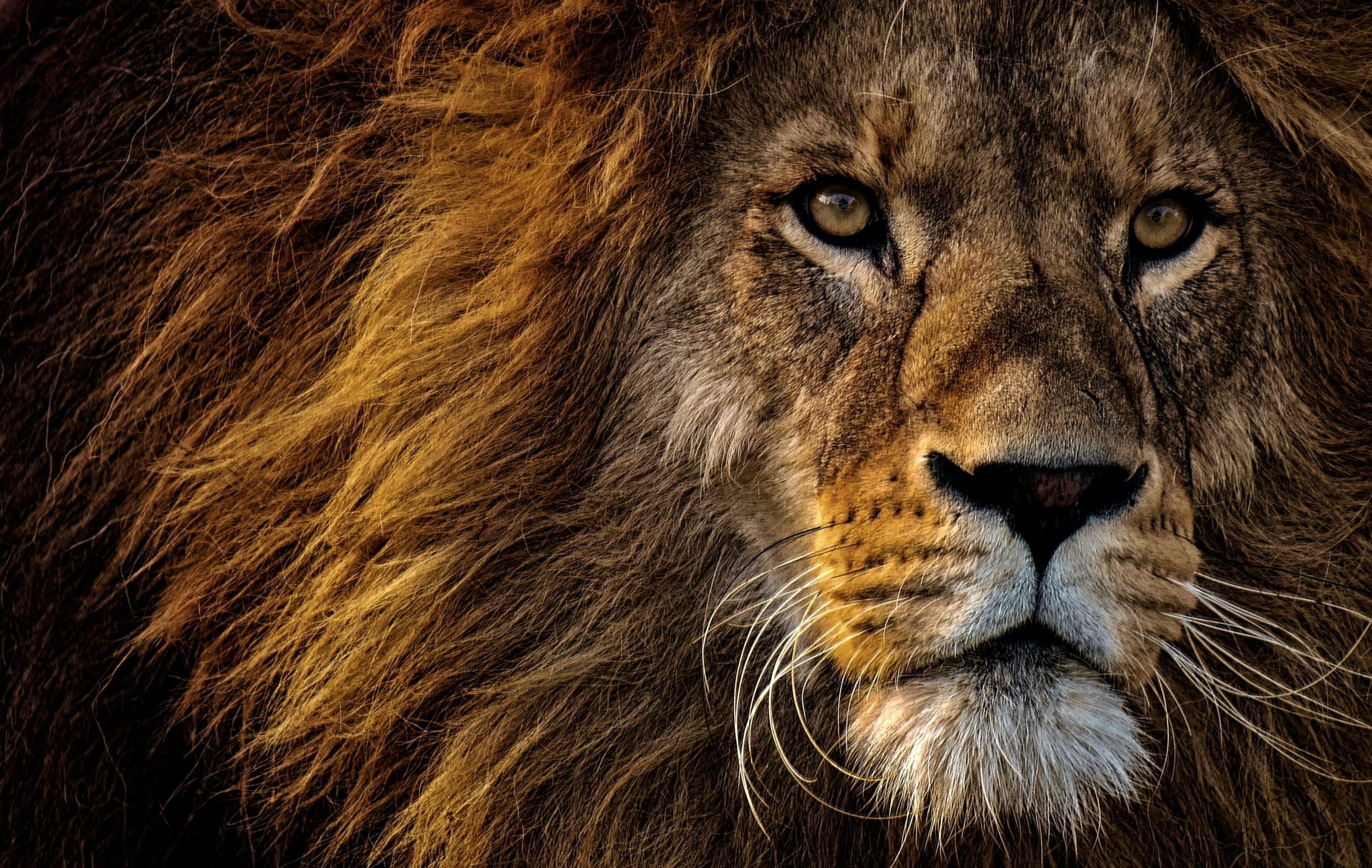Introduction to Natural Reserves: Masai Mara National Reserve
Geological conditions:
Masai Mara National Reserve, located in Narok County, Kenya, is a prestigious natural reserve in Africa that contains vibrant biological resources. It is about 1510 square kilometers in area and borders Serengeti National Park to the south. [1]

Fig.1 Masai Mara and Serengeti map
Two rivers run through the Masai Mara National Reserve: the Mara River and the Talek River (the Talek River is actually a tributary of the Mara River). The Mara River basin covers a surface of approximately 13,504 square kilometres and has a length of 395 kilometres. [2] These two rivers provide vital nourishment to the wildlife that inhabits this land.

Fig.2 detailed Masai Mara map
There are four distinct types of landscapes in the Masai Mara. Plains, hills, riverine forests, and bushlands. Among the four, plain is the major landscape, featured by expansive gold-hued grasslands. Riverine forests, as the name suggests, are distributed along the Mara River and the Talek River. Bushlands appear in the transition areas between forests and grasslands.

Fig.3 a picture of the grassland in Masai Mara
The climate for the Masai Mara is a tropical savanna climate, characterized by two rain seasons. The first and also the heaviest occurs between March and May, while the second and lighter one occurs during November and December. You can expect dry days with occasional precipitation during other times of the year. On average, it rains approximately 1400 millimeters (55 inches) annually.
The temperature there remains fairly consistent throughout the whole year, ranging from 11 degrees Celsius to 28 degrees Celsius. Daytime temperatures differ significantly from nighttime temperatures there.
Biological resources:

Fig.4 cheetahs resting on the hill in Masai Mara
When talking about African mammals, we inevitably need to know the “big five”.
Lion ( Panthera Leo)
Elephant ( Loxodonta Africana )
Rhino ( Rhinocerotidae )
Leopard (Panthera pardus )
African Buffalo ( Syncerus caffer )

Fig.5 The big five
There are other famous animals that constitute the “big nine” in Africa.
Cheetah ( Acinonyx Jubantus )
Giraffe ( Giraffa )
Hippo ( Hippopotamus amphibius )
Zebra ( Equus quagga )
In total, Masai Mara National Reserve includes over 90 kinds of mammals and 470 kinds of birds.[3]
Masai Mara Protection Rules:
There are three types of reserves in Africa: game reserves, national parks, and conservancies. We will talk about their differences in more detail in the future.
The Masai Mara National Reserve is classified as a game reserve. Game reserves permit limited human activity and residence within their boundaries. This means local residents, like the Masai people, are allowed to live, graze cattle, and engage in traditional activities there. Being a game reserve also means Masai Mara does not have protection laws like national parks, such as the Serengeti National Park. Nevertheless, protection laws are still very rigid and serious to ensure the safety of the wildlife inhabiting there.[4]
Nationally, Kenya established the Wildlife Conservation and Management Act, 2013, to promote the sustainable development of the society and the preservation of the local natural resources.

Fig.6 Wildlife Conservation and Management Act, 2013
Furthermore, the Community Land Act, 2016, was designed by the Kenyan government to provide legal rights for local communities to own land. This legislation affirms the legality of the Masai people to reside inside the reserve.
Overall, the conservation of wildlife and the regulation of human-animal interactions in Kenya are overseened by the Kenya Wildlife Service(KWS). While the Masai Mara National Reserve is directly managed by the Narok County Government.
Reference:
[1] Masai Mara Travel (2019). Masai Mara | Maasai Mara National Reserve, Kenya. [online] Masaimara.travel. Available at: https://www.masaimara.travel/.
[2] MasaiMara.com. (n.d.). Masai Mara – Nature’s epic safari destination in Kenya. [online] Available at: https://www.masaimara.com/.
[3] Masaimara.travel. (2019). Wildlife in Masai Mara | What Animals can be seen in Masai Mara, incljuding Big Five & Big Nine in Kenya. [online] Available at: https://www.masaimara.travel/animals-wildlife.php.
[4]Asilia Africa. (2024). National Parks vs Game Reserves vs Conservancies | Asilia. [online]Availableat:https://www.asiliaafrica.com/blog/what-s-the-difference-national-parks-game-reserves-and-conservancies-in-east-africa/.

驻波好高产
It’s fascinating how easily we fall into patterns, even with simple games! That feeling of almost-winning… it’s a powerful psychological hook. Enjoying a quick mental break with solitaire games can be surprisingly restorative – plus, accessible on any device is a huge win!